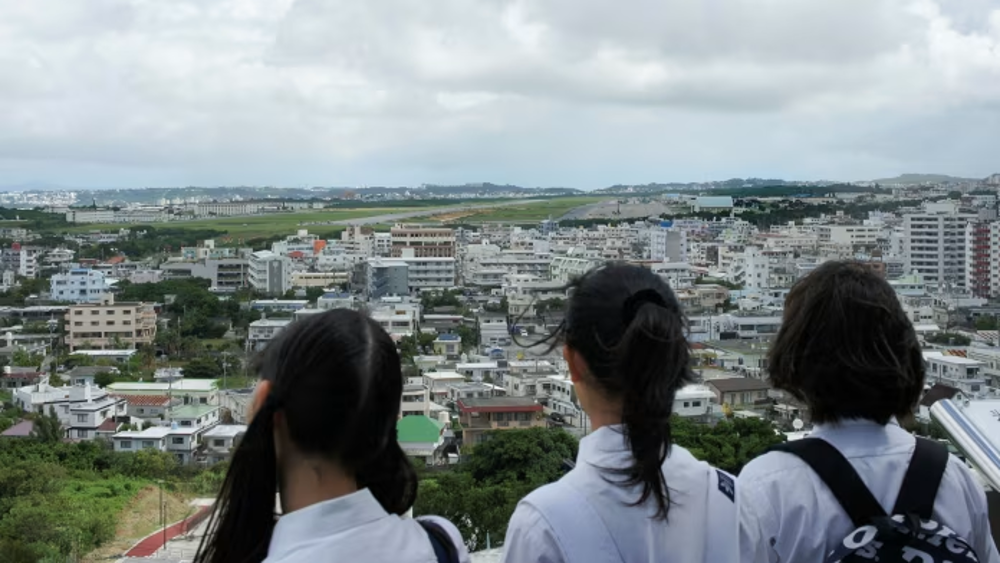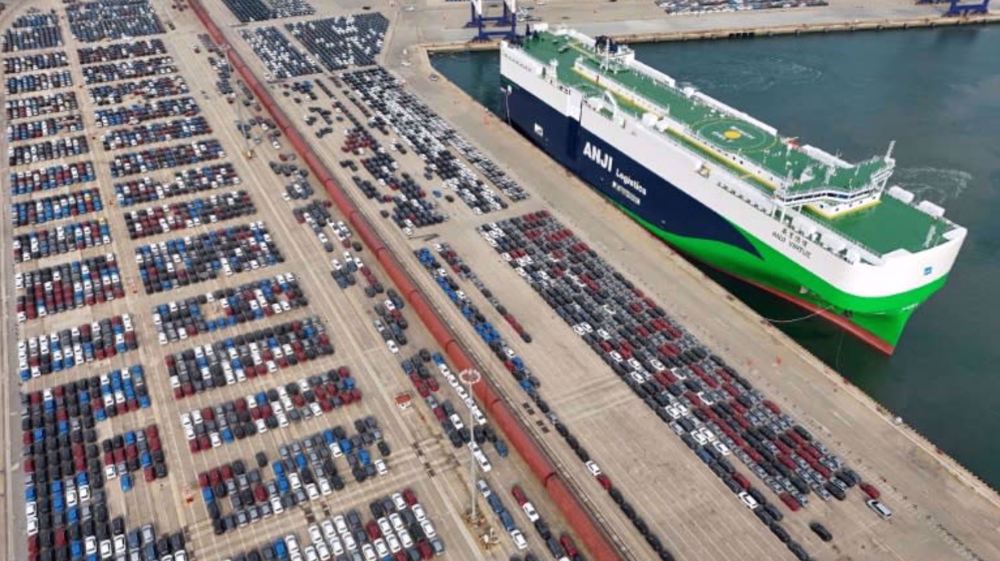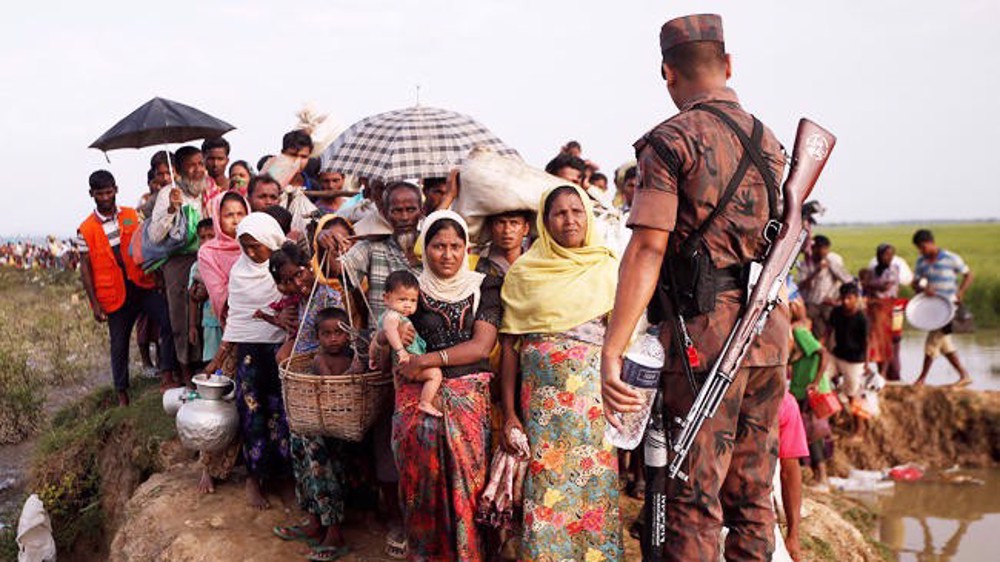Heavy rains displace thousands of Rohingya Muslim refugees in Bangladesh
Torrential monsoon rains have ruined the sprawling camps of Rohingya Muslim refugees in southern Bangladesh, turning settlements into fast-flowing rivers overnight and leaving thousands of refugees without a shelter.
On Wednesday alone, over 30 centimeters of rain fell on the camps in Cox’s Bazar district, which is home to more than 800,000 refugee Rohingya Muslims, the United Nations (UN) refugee agency said in a statement.
The amount of the rainfall in 24 hours was almost half the average for the entire July, and more heavy downpours are expected in the coming days as the monsoon season stretches through October, it said.
“The situation is further compounded by the COVID-19 pandemic. There is currently a strict national lockdown in response to rising cases across the country,” the UNHCR added.
It said that three days of heavy rains and subsequent landslides and flash floods triggered the death of six Rohingya refugees, stressing that the agency was “deeply saddened” by the tragic deaths.
According to Mamunur Rashid, a local official in Cox’s Bazar, the victims lost their lives on Tuesday in the Balukhali and Palong Khali camps, and included one child. He added that five other Rohingya Muslims died in a camp at Teknaf on Wednesday morning.
Initial reports said that more than 12,000 refugees have been affected, while an estimated 2,500 shelters have been damaged or destroyed, the agency further said.
“The adverse weather, latest landslides, and floods further exacerbate the suffering and massive humanitarian needs of the Rohingya refugees in Bangladesh. To date, the 2021 Joint Response Plan (JRP) for the Rohingya humanitarian crisis in Bangladesh has received only US$274 million, roughly 30 percent of the US$943 million required for the response this year,” the UNHCR added.

Cyclones, heavy monsoon rains, floods, landslides, and other natural hazards are an annual difficulty in the camps of Rohingya Muslim refugees in southern Bangladesh.
Almost 900,000 Rohingya refugees remain stuck in squalid, crowded conditions in refugee camps in Cox’s Bazar. This includes about 750,000 Rohingyas who were forced to leave their homeland amid the military-led crackdown against their community in 2017.
Thousands were killed, raped, tortured, or arrested in the crackdown, perpetrated with “genocidal intent,” according to the UN, which has described the community as the most persecuted minority in the world.
Myanmar does not recognize the Rohingya as citizens, saying they are nationals of Bangladesh, which in turn, says they are natives of Myanmar.
The Myanmarese government of former de facto leader Aung San Suu Kyi, which was ousted by the military in a coup on February 1, supported the military crackdown against the Rohingya Muslims. She even traveled to The Hague in December 2019 to defend the military atrocities against the Rohingya people at the UN’s top court.
Now, Myanmar’s so-called National Unity Government (NUG), which includes many politicians from her party, is calling on the Rohingya to join hands to fight the junta in return for citizenship.

Two US marines accused of raping Japanese women in Okinawa

China deploys naval group in warning to US, Philippines over drills

China ‘firmly’ opposes countries making trade agreements with US at its expense
Yemen warns US, West: We have 8 million fighters ready, may expand our war
Gaza’s humanitarian crisis deteriorating ‘beyond imagination’: UN chief
US announces new Iran sanctions despite ongoing nuclear talks
Iraqi MP files lawsuit against Syria’s leader Julani over 'terrorist' past
Iran urges Germany to probe wartime supply of chemical weapons to Iraq
Over 65,000 children hospitalized for malnutrition as Israel starves Gaza
Hamas condemns Gaza blockade as war crime, demands global action
At ICJ hearings, South Africa says Israel committing genocide with 'impunity'








 This makes it easy to access the Press TV website
This makes it easy to access the Press TV website